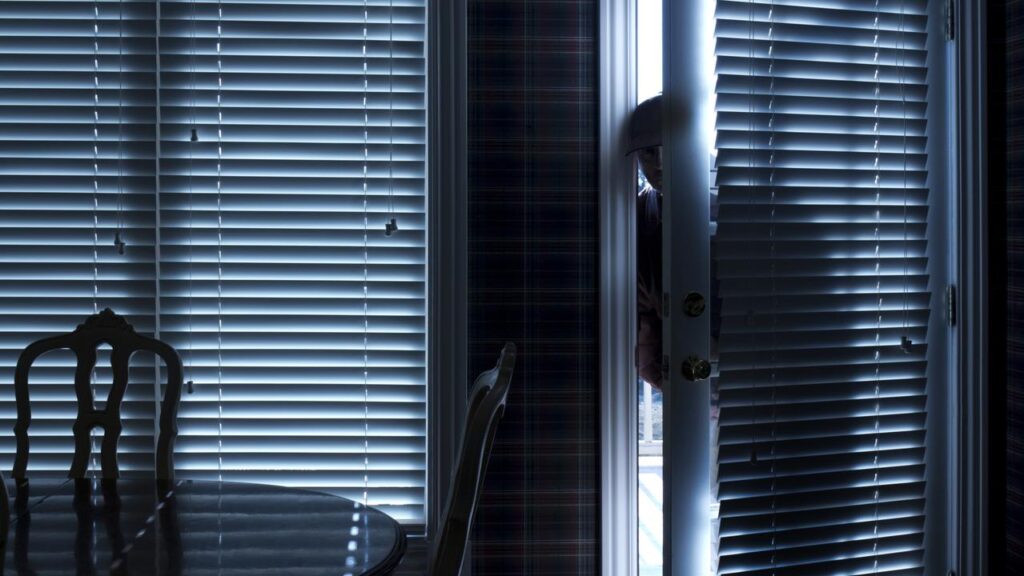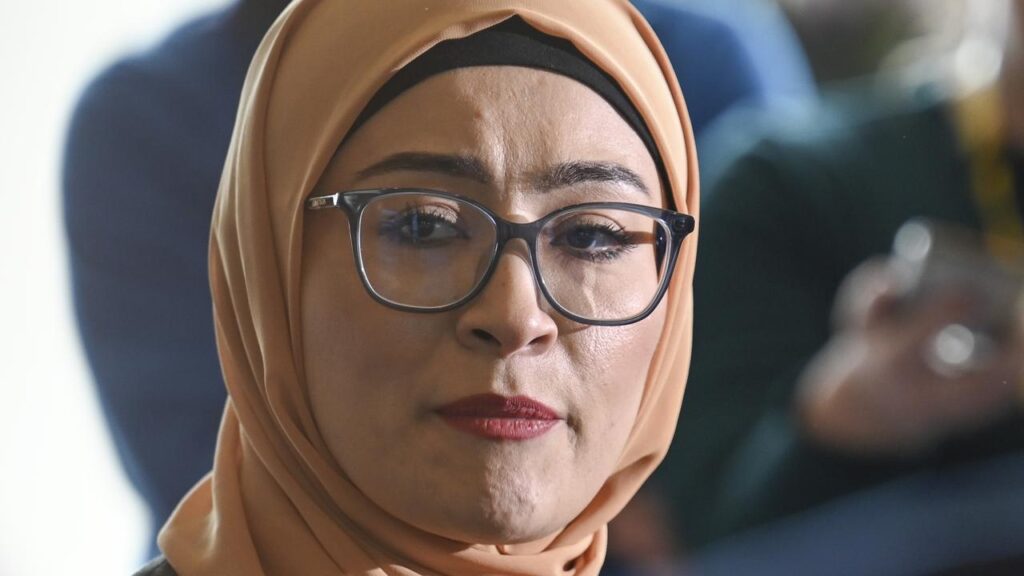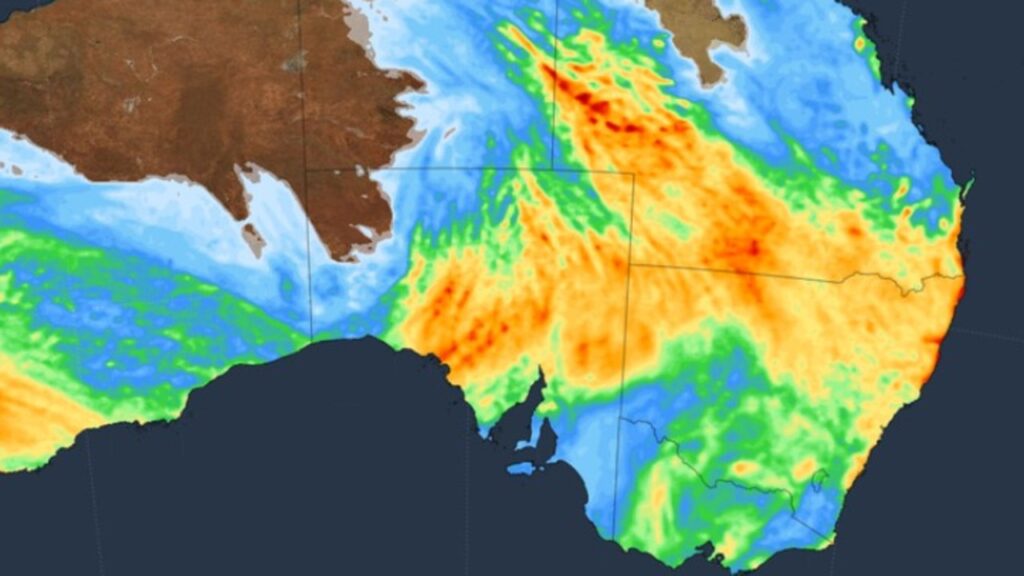Tucker Carlson says immigration the ‘one reason’ for Australia’s housing crisis
Written by admin on July 3, 2024
Tucker Carlson has weighed in on Australia’s housing crisis, pointing the finger squarely at immigration as the “one reason” and questioning “how does anybody live here” on an average income.
The former Fox News host, currently on a speaking tour of Australia as a guest of billionaire Clive Palmer, told a crowd in Melbourne on Monday night that he was shocked at the astronomical house prices in Sydney’s eastern suburbs that were “much more than I could afford, and I have a decent job”.
“I was like, how does anybody live here?” he said.
“How does the average Australian making average wage … how do you live here? I asked someone I was travelling with, ‘Your housing prices, not just on Sydney Harbour but just normal houses are so expensive, how does anybody live here?’ And this person said, ‘Well increasingly they don’t. They have to leave, there’s a lot of homeless people all of a sudden.’ I said, ‘That sounds like a crisis.’”
Carlson said it was a simple issue of supply and demand.
“When there’s a greater demand for something than there is supply the price rises,” he said.
“That is purely a matter of population. If you have more people than you have houses, guess what happens to housing prices? They rise. This is the most obvious principle in nature, and real estate.”
He added that if he were running a country, “one of my top concerns is making sure that young people in their late 20s, early 30s, can afford a house, because my main goal is to create households and new generations of Australians, or Americans, or Kiwis or whatever”.
“So if it becomes too difficult, too expensive for your children to buy a house in the country they were born in, you’re erased — that’s it, your line ends,” he said.
“And that’s what’s happened, you see it in the birth rates. This is true in my country too, and in Canada it’s completely out of control. So why is it happening? Immigration. There’s only one reason. That’s the reason. And nobody wants to say that because it sounds like an attack on immigrants.”
His comments came amid industry warnings that Australia would have to build a new home every two minutes to accommodate current population growth, which is largely being driven by record net overseas migration.
Australian Bureau of Statistics (ABS) figures published last month showed a record 547,300 migrants arrived in calendar year 2023, meaning 218,920 houses would have had to be built to accommodate the influx, based on the typical 2.5 people per household.
“However, just 163,836 new dwelling were constructed during 2023, which is the lowest level in 11 years,” wrote Leith van Onselen, co-founder of MacroBusiness and chief economist at MB Fund and MB Super.
“The number of homes added is even lower when accounting for demolitions of existing homes. The federal government’s signature policy of building 1.2 million new homes over five years formally began on Monday.”
But the Housing Industry Association (HIA) has warned that in order to meet the “big build” target, Australia needs to bring in more skilled migrants on suitable construction visas.
Just 1346 workers in construction trades were granted temporary work visas in the nine months to March 2024.
The HIA estimates that the government will see a shortfall of 64,000 homes this financial year due to a combination of high costs and labour shortages.
To reach the 1.2 million target, Australia would need to build an average of 240,000 homes each year until June 2029.
“We don’t have the industry getting to that 240,000 rate of build required within the next 10 years,” HIA chief economist Tim Reardon told The Australian on Monday.
“There will need to be policy changes in the form of investment in apartment building and fewer tax increases on new homes.”
NAB chief executive Andrew Irvine last week called the housing crisis the single biggest issue facing Australia, telling a banking conference in Melbourne that “if nothing else, we need 10 per cent more homes, more dwellings, to house the people we have, never mind the migrants coming to our shores”, The Australian reported.
Housing Minister Julie Collins blamed the former Coalition government for the lack of action, and said the Homes for Australia plan was backed by $32 billion in investment to meet the “ambitious target”.
But opposition housing spokesman Michael Sukkar said it was “Labor’s housing crisis” and that it showed “no signs of slowing down” as there was “no way enough homes can be built to accommodate these record levels of migration”.
Facing growing political pressure, the federal government has vowed to cut net overseas migration from a record 528,000 in 2022-23 to 395,000 in 2023-24 and 260,000 this financial year.
Data released by the Department of Home Affairs on Thursday showed 2.4 million people remained in the country on a temporary visa in May, a near-record high.
Business leaders surveyed by the Australian HR Institute (AHRI) this week called for more skilled migrants, which they said were needed to fill “skills gaps” due to Australian workers being “not proficient in their roles”.
Lobby group Sustainable Population Australia earlier this year issued a position statement, backed by prominent Australians including Dick Smith and Emeritus Professor Ian Lowe, calling for a “stabilisation” of the country’s “eye-watering” population growth.
“Australians see no benefit to their quality of life following Australia’s 8.2 million or 43 per cent population growth since the year 2000,” SPA national president Peter Strachan said last month.
“Recent data from the ABS reveals that Australia’s population is expanding by an eye-watering 13,148 per week, with only 2413 arising from births minus deaths. At this pace of growth 4200 additional dwellings are required each week, but the number completed is about 1000 less than needed.”
Mr Strachan said Australians were “sick of having the population debate shut down as racist or anti-migrant when their concern is about the numbers”.
“Survey after survey clearly shows most Australians want population growth to stop,” he said.
“However, mature debate on population is stymied, not only by politicians but also by mainstream media pandering to real estate advertisers and counterintuitively, by many environmental organisations.”
Australia’s median home value rose another 0.7 per cent in June to $794,000, taking growth for the 2023-24 financial year to 8 per cent, according to CoreLogic figures released on Monday.
Rents rose by 8.2 per cent in the same period, despite an easing of growth in the three largest capitals.
More Coverage
“The persistent growth comes despite an array of downside risks including high rates, cost of living pressures, affordability challenges and tight credit policy,” CoreLogic research director Tim Lawless said.
“The housing market resilience comes back to tight supply levels which are keeping upwards pressure on values.”
Read related topics:ImmigrationSydney







